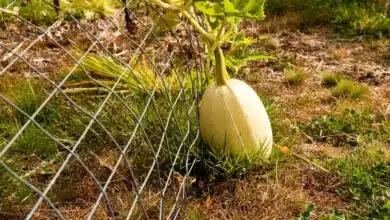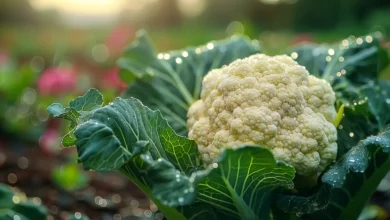There seems to be a plague of high-tension across the land. The holiday hustle is pretty much underway and while you’re pulling out the wrapping paper, Team Fine Foliage wants you to think about all of the ways that that you can bring a sense of serenity and peace to your landscape next year when times seem to be so stressful and chaotic.
You always have the landscape, no matter how large or small to focus on and bring a sense of peace and calm. Right now, I’m choosing to make these my own meditations. If they bring you some ideas for your garden or just the pleasure of relaxing with a cup of tea while you ponder what serenity means for you, then we have succeeded in our mission.
There seems to be a plague of high-tension across the land. The holiday hustle is pretty much underway and while you’re pulling out the wrapping paper, Team Fine Foliage wants you to think about all of the ways that that you can bring a sense of serenity and peace to your landscape next year when times seem to be so stressful and chaotic.
You always have the landscape, no matter how large or small to focus on and bring a sense of peace and calm. Right now, I’m choosing to make these my own meditations. If they bring you some ideas for your garden or just the pleasure of relaxing with a cup of tea while you ponder what serenity means for you, then we have succeeded in our mission.
There seems to be a plague of high-tension across the land. The holiday hustle is pretty much underway and while you’re pulling out the wrapping paper, Team Fine Foliage wants you to think about all of the ways that that you can bring a sense of serenity and peace to your landscape next year when times seem to be so stressful and chaotic.
You always have the landscape, no matter how large or small to focus on and bring a sense of peace and calm. Right now, I’m choosing to make these my own meditations. If they bring you some ideas for your garden or just the pleasure of relaxing with a cup of tea while you ponder what serenity means for you, then we have succeeded in our mission.





